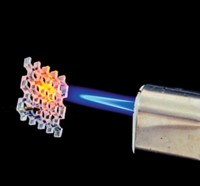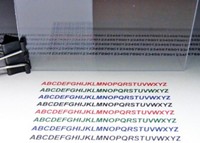Advertisement
Grab your lab coat. Let's get started
Welcome!
Welcome!
Create an account below to get 6 C&EN articles per month, receive newsletters and more - all free.
It seems this is your first time logging in online. Please enter the following information to continue.
As an ACS member you automatically get access to this site. All we need is few more details to create your reading experience.
Not you? Sign in with a different account.
Not you? Sign in with a different account.
ERROR 1
ERROR 1
ERROR 2
ERROR 2
ERROR 2
ERROR 2
ERROR 2
Password and Confirm password must match.
If you have an ACS member number, please enter it here so we can link this account to your membership. (optional)
ERROR 2
ACS values your privacy. By submitting your information, you are gaining access to C&EN and subscribing to our weekly newsletter. We use the information you provide to make your reading experience better, and we will never sell your data to third party members.
Materials
Nanocrystal-silica composite lasers are stable in solvents
February 27, 2006
| A version of this story appeared in
Volume 84, Issue 9
Tiny lasers made of semiconductor nanocrystals incorporated in a film would be ideal for use in microfluidic chemosensors. Such films made with titania matrices have already been shown to lase. Unfortunately, these nanocrystal-titania composites degrade in water and alcohols, so they are unsuitable for microfluidics. MIT chemistry professors Moungi G. Bawendi and Daniel G. Nocera and their coworkers have now made a solvent-stable laser with CdSe nanocrystals embedded in a silica matrix (J. Am. Chem. Soc., published online Feb. 15, dx.doi.org/10.1021/ja057980d). Earlier attempts to use silica matrices resulted in composites lacking enough nanocrystals. The researchers overcame this problem by modifying the nanocrystal surfaces with 5-amino-1-pentanol and using 3-aminopropyltrimethoxysilane as the silica precursor. Composites made with the silane had a rough surface, but replacing a small amount of the silane with (triethoxysilyl)propyl isocyanate provided smooth films. The nanocrystal-silica composites lase at room temperature even while submerged in water or alcohol solutions.




Join the conversation
Contact the reporter
Submit a Letter to the Editor for publication
Engage with us on Twitter